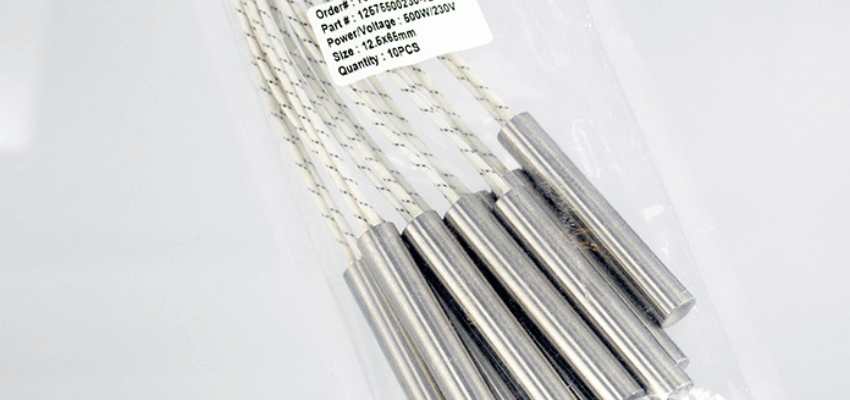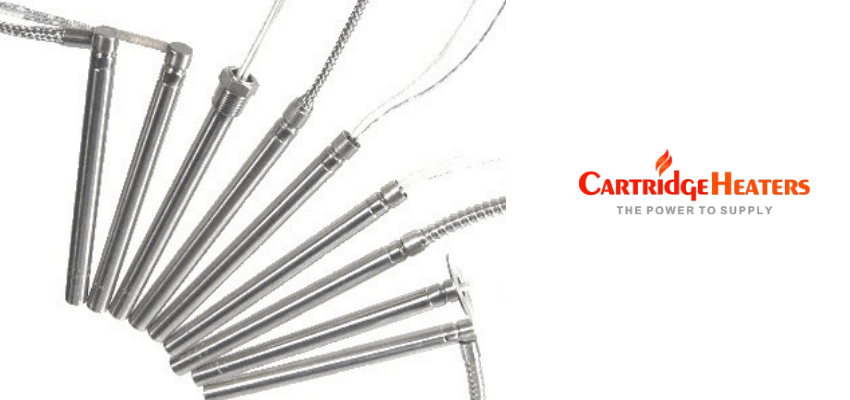
This blog delves into cartridge heater design, comparing standard and swagged construction methods. It showcases the expertise at cartridgeheaters.co.uk, offering bespoke heaters tailored to specific needs, while elucidating the manufacturing process of cartridge heaters for better understanding.
Did you know, not all cartridge heaters are manufactured in the same way?
On the surface, they may look identical – but internally, they can be very different. Some designs offer a reasonable level of performance at a relatively low price. Others aim for high-performance and long-lasting use, thus carry a slightly higher price tag.
Here at cartridgeheaters.co.uk, this is our field of expertise.
As a leading UK manufacturer, we possess unrivalled and detailed knowledge of cartridge heater design, and to demonstrate that knowledge, we are sharing a little insight into exactly how we make them here.
Two methods of cartridge heater construction
There are currently two ways in which a cartridge heater can be constructed:
1. Standard construction
This is the most common method. Essentially, one winds a nickel-chromium resistance wire (helically) and threads it through holes on a ceramic bobbin. Then, one inserts the resistance wire and bobbin into a metal tube and back-fills the tube with loose, pure magnesium oxide (MgO).
Loose MgO is quite a poor thermal conductor. Therefore, to a certain extent, it prevents the transfer of heat from the resistance wire to the outer metal sheath. And the result of this particular design is a low-watt density cartridge heater, ideal for use at low operating temperatures.
2. Swagged construction

To create a high-watt density heater, one needs a slightly more complex construction method.
Again, one wraps a nickel-chromium resistance wire around a ceramic bobbin. But this time, it isn’t threaded and one winds the wire very precisely to ensure its proximity to the ceramic. Subsequently, one places the wire and bobbin inside a metal tube and vibrates pure MgO into the surrounding gaps. Finally, one employs a ‘swagging’ process to reduce the inner diameter of the tube.
This process significantly compacts the MgO, improving its thermal conduction. And as such, the cartridge heater can then be used for higher temperature and vibration applications.
Leaders in cartridge heater construction

As masters of our craft, here at cartridgeheaters.co.uk, we excel in creating both of the cartridge heater designs outlined above. In fact, we not only offer a range of low-watt density and high-watt density cartridge heaters—thanks to our deep understanding of cartridge heater construction—but we also craft bespoke heaters to your exact specification.
We make all our cartridge heaters from stainless steel AISI 304/316/321/ INCOLOY, featuring a welded watertight tip, ceramic insulator, pure magnesium oxide insulation, nickel-chromium resistance wire, a ceramic core, heat-resistant conductor leads and conductor wire. What’s more, we can fit them all with a selection of popular cable terminations (e.g., standard, right-angle, fixing tab etc).
You can find more information on these terminations and the technical details of our products on our ‘technical specifications‘ page. However, if you have a question – whether about cartridge heater design, how we make cartridge heaters, or a cartridge heater currently available in our store – please don’t hesitate to get in touch.
To speak to a member of the team, simply pick up the phone and give us a call on 0121 439 8932. Or if you prefer, send an email to sales@cartridgeheaters.co.uk and we’ll respond to your enquiry as soon as possible.

